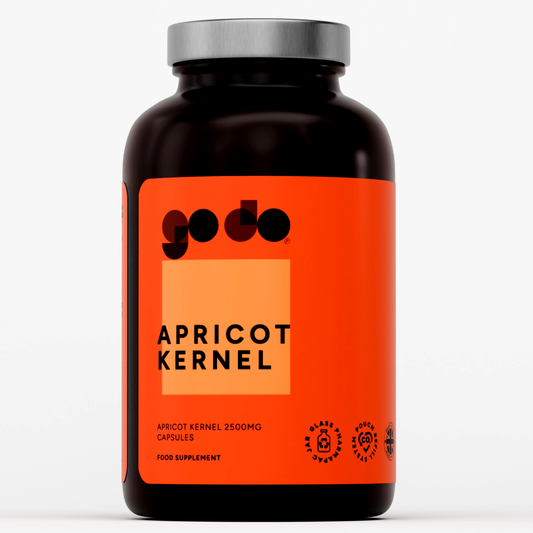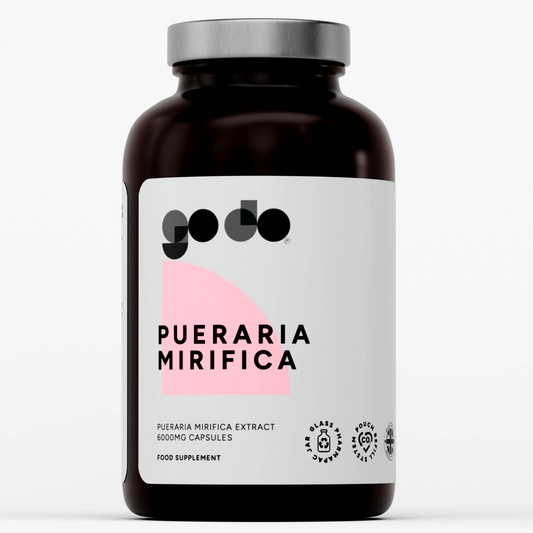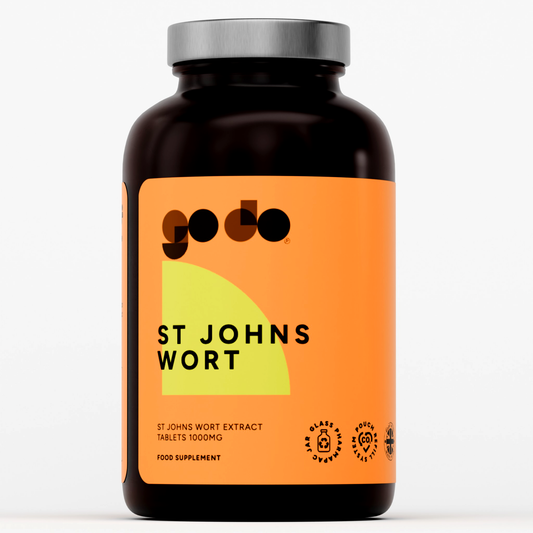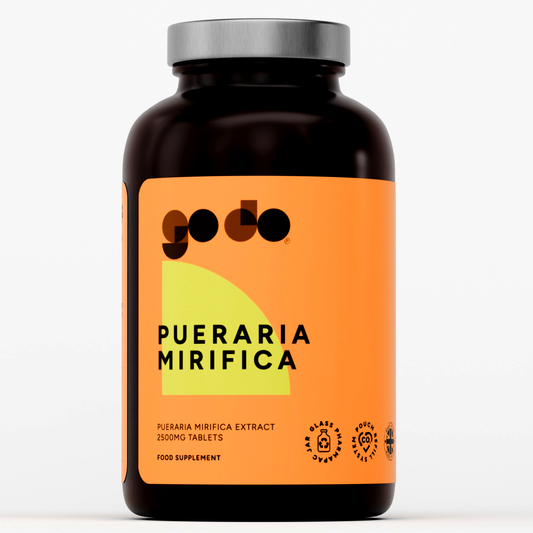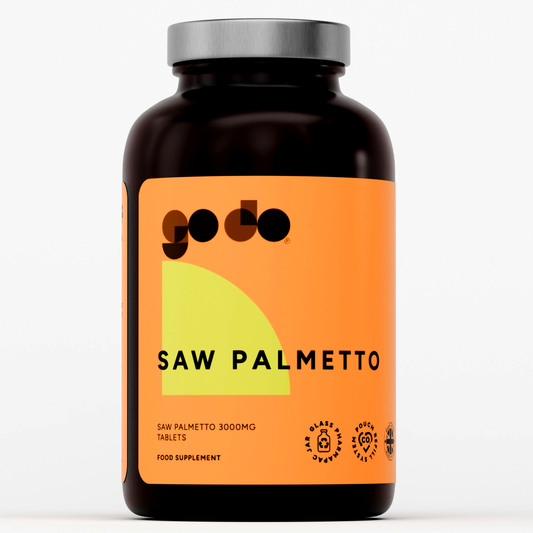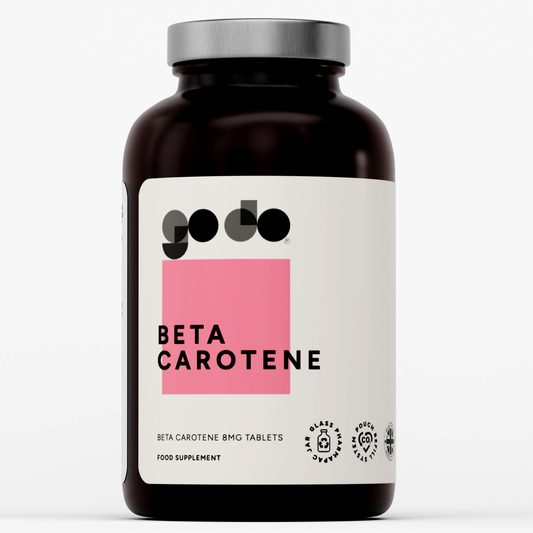Sore Knee When Straightening Leg: Causes, Solutions, and Care Tips
Understanding Knee Anatomy and Function
The knee represents one of the body's most complex joints, functioning as a sophisticated hinge mechanism that enables essential movements like walking, running, jumping, and squatting, involving the thigh bone . This intricate structure comprises multiple components working in harmony, including bones, cartilage, ligaments, tendons, and bursae that collectively provide stability, mobility, and shock absorption during daily activities.
The primary bones forming the knee joint include the femur (thighbone), tibia (shinbone), and patella (kneecap), which articulate through carefully designed surfaces covered in smooth cartilage, including the shin bone . This articular cartilage reduces friction between bones while distributing forces across the joint during weight-bearing activities. The menisci, C-shaped cartilage structures, provide additional cushioning and help deepen the joint socket for enhanced stability.
Ligaments serve as the knee's primary stabilizing structures, with the anterior cruciate ligament (ACL) and posterior cruciate ligament (PCL) controlling front-to-back movement, while the medial and lateral collateral ligaments prevent side-to-side motion. These ligaments work together to maintain proper joint alignment and prevent excessive or harmful movements that could damage other structures, potentially leading to chronic pain .
The muscles and tendons surrounding the knee provide the power for movement while offering dynamic stability during activity. The quadriceps muscles at the front of the thigh straighten the knee through the patellar tendon, while the hamstring muscles at the back of the thigh bend the knee and provide posterior stability. This muscular balance is crucial for proper knee function and injury prevention.
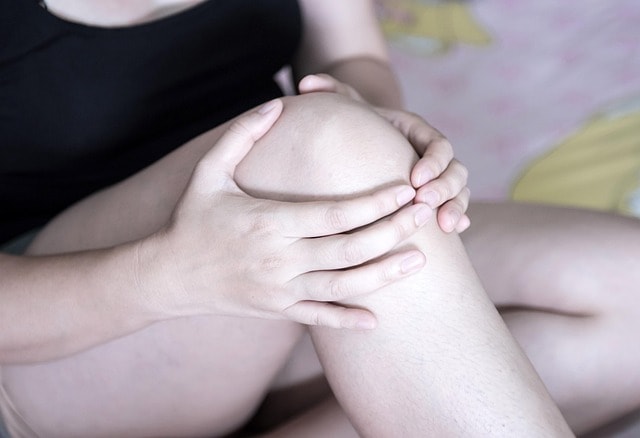
Common Causes of Pain When Straightening the Knee
Patellofemoral Pain Syndrome
Patellofemoral pain syndrome represents one of the most frequent causes of knee discomfort, particularly when straightening the leg. This condition involves irritation of the cartilage beneath the kneecap, often resulting from poor tracking of the patella during knee movement. The pain typically worsens with activities that load the patellofemoral joint, such as squatting, climbing stairs, or fully extending the knee.
Contributing factors to patellofemoral pain syndrome include muscle imbalances, particularly weakness in the vastus medialis oblique (VMO) portion of the quadriceps, which normally helps guide proper patellar tracking. Hip weakness, especially in the gluteus medius, can also contribute to altered knee mechanics and increased patellofemoral stress during movement, sometimes leading to runner's knee .
Biomechanical factors such as excessive foot pronation, leg length discrepancies, or altered hip and ankle mobility can create compensatory movement patterns that overload the patellofemoral joint. These issues often develop gradually and may become more noticeable during periods of increased activity or when returning to exercise after a period of inactivity, potentially resulting in conditions like a baker's cyst .
Treatment typically focuses on correcting muscle imbalances through targeted strengthening exercises, improving movement patterns, and addressing any underlying biomechanical issues. Activity modification may be necessary initially to reduce symptoms while allowing healing and strengthening to occur.
Patellar Tendinopathy (Jumper's Knee)
Patellar tendinopathy, commonly known as jumper's knee, involves degeneration and inflammation of the patellar tendon that connects the kneecap to the shinbone. This condition frequently affects athletes involved in jumping sports but can also develop in individuals who perform repetitive knee extension activities or suddenly increase their activity level, often leading to sharp pain .
The pain associated with patellar tendinopathy typically occurs at the bottom of the kneecap and may worsen when straightening the leg against resistance or during activities that require explosive knee extension. The condition often develops gradually, starting as mild discomfort that progressively worsens and can become quite painful without proper management.
Risk factors for patellar tendinopathy include tight quadriceps or hamstring muscles, poor landing mechanics during jumping activities, training on hard surfaces, and sudden increases in training intensity or volume. Age-related changes in tendon structure and decreased blood supply to certain areas of the patellar tendon also contribute to injury risk, which may lead to osteoarthritis .
Management involves load modification to allow tendon healing while maintaining strength and mobility through appropriate exercises. Eccentric strengthening protocols have shown particular effectiveness in promoting tendon healing and restoring function in chronic cases.
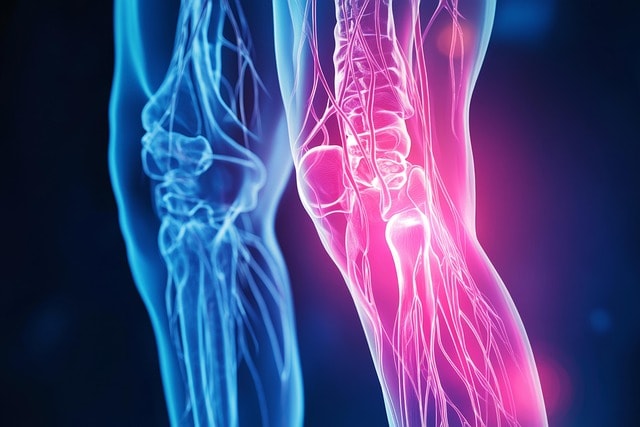
Meniscus Tears
Meniscus tears represent another significant cause of knee pain when straightening the leg, particularly when the tear involves portions of the meniscus that can interfere with normal joint mechanics. The menisci serve as shock absorbers and help distribute forces across the knee joint, so tears can disrupt these functions and create mechanical symptoms.
Acute meniscus tears often occur during activities that involve twisting or pivoting with the foot planted, while degenerative tears can develop gradually due to age-related changes in meniscal tissue. Symptoms may include pain, swelling, stiffness, and mechanical symptoms such as catching, locking, or the sensation of something blocking full knee extension.
The location and type of meniscus tear significantly influence symptoms and treatment options. Tears in the outer third of the meniscus, which has better blood supply, may heal with conservative treatment, while tears in the inner two-thirds typically require surgical intervention for mechanical symptoms.
Conservative management focuses on reducing inflammation, maintaining range of motion, and strengthening surrounding muscles to compensate for any loss of meniscal function. Surgical options range from meniscal repair, when possible, to partial meniscectomy for tears that cannot be repaired.
Ligament Injuries
Ligament injuries, particularly involving the ACL or PCL, can cause significant knee pain and dysfunction when attempting to straighten the leg. These injuries often occur during sports activities involving sudden changes in direction, landing from jumps, or direct impact to the knee.
ACL injuries frequently result in immediate pain, swelling, and instability, with many individuals reporting a "pop" sensation at the time of injury. The inability to fully straighten the knee may result from pain, swelling, or mechanical blocking from torn ligament fragments.
PCL injuries are less common but can occur with direct impact to the front of the shin or severe hyperextension of the knee. These injuries may cause pain in the back of the knee that worsens with knee extension and can lead to posterior instability of the joint.
Treatment depends on injury severity, activity level, and functional demands. Conservative management focuses on reducing swelling, protecting the healing ligament, and gradually restoring strength and function. Surgical reconstruction may be necessary for complete tears in active individuals who require full knee stability for their activities.
Diagnostic Approaches and Assessment
Clinical Examination Techniques
Proper assessment of knee pain when straightening the leg begins with a comprehensive history and physical examination to identify the underlying cause and guide appropriate treatment. Healthcare providers use specific tests and observations to differentiate between various conditions that can cause similar symptoms.
The examination typically starts with observation of gait patterns, leg alignment, and any visible swelling or deformity around the knee. Range of motion testing assesses both active and passive knee movement, noting any limitations, pain patterns, or mechanical symptoms that occur during movement.
Specific provocative tests help identify particular structures that may be causing symptoms. The patellar compression test and patellar tracking assessment evaluate patellofemoral joint function, while various ligament stability tests assess the integrity of the ACL, PCL, and collateral ligaments.
Muscle strength testing identifies any weakness patterns that might contribute to symptoms or result from injury. Particular attention is paid to quadriceps strength and the ability to fully activate these muscles, as quadriceps inhibition commonly occurs with knee injuries and can perpetuate symptoms.
Functional movement screening may reveal compensatory patterns or biomechanical issues that contribute to knee problems. This assessment helps guide treatment strategies that address not only the immediate symptoms but also underlying factors that may have contributed to the injury.
Imaging Studies and Their Role
While many knee conditions can be diagnosed through clinical examination alone, imaging studies provide valuable additional information for confirming diagnoses, assessing injury severity, and guiding treatment decisions. The choice of imaging depends on the suspected condition and clinical findings.
X-rays serve as the initial imaging study for most knee problems, providing information about bone structure, joint alignment, and signs of arthritis or fractures. While X-rays don't show soft tissues clearly, they can reveal indirect signs of ligament or meniscal injuries through joint space changes or bone positioning.
Magnetic Resonance Imaging (MRI) offers detailed visualization of soft tissue structures including ligaments, menisci, cartilage, and tendons. MRI is particularly valuable for diagnosing meniscus tears, ligament injuries, and cartilage damage that may not be apparent on clinical examination alone.
Ultrasound imaging can be useful for evaluating tendon pathology, detecting fluid collections, and guiding injection procedures. This imaging modality offers the advantage of dynamic assessment, allowing visualization of structures during movement.
Advanced imaging techniques such as CT scans may be necessary for complex fractures or when surgical planning requires detailed bone anatomy visualization. Specialized MRI sequences can provide additional information about cartilage health and early degenerative changes.
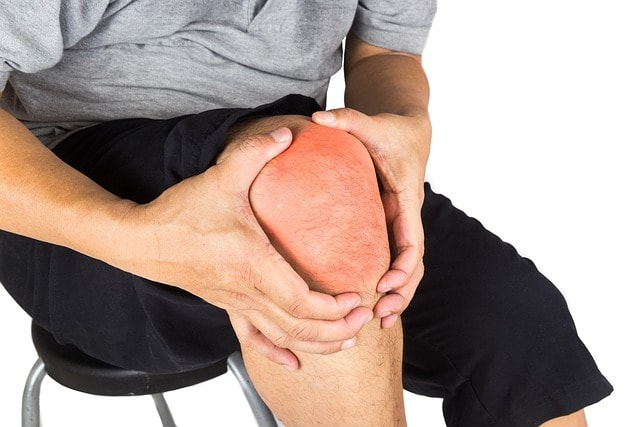
Treatment Strategies and Management Options
Conservative Treatment Approaches
The majority of knee pain conditions respond well to conservative treatment when appropriately applied and consistently followed. The initial approach typically focuses on controlling pain and inflammation while protecting injured tissues and promoting healing through targeted interventions.
The RICE protocol (Rest, Ice, Compression, Elevation) remains a cornerstone of acute injury management, helping to control swelling and pain in the immediate post-injury period. However, the application of these principles has evolved to emphasize early, appropriate movement rather than complete rest, which can lead to stiffness and muscle weakness.
Activity modification plays a crucial role in conservative management, involving temporary reduction or elimination of activities that aggravate symptoms while maintaining pain-free movement and function. This approach allows healing while preventing the deconditioning that can occur with complete activity cessation.
Progressive loading protocols gradually reintroduce stress to healing tissues in a controlled manner that promotes optimal healing and restoration of function. These protocols are tailored to the specific condition and individual healing response, progressing from basic range of motion to functional activities.
Pain management strategies may include over-the-counter anti-inflammatory medications, topical analgesics, or prescribed medications when appropriate. However, the goal is to provide sufficient pain relief to enable participation in rehabilitation activities rather than masking symptoms to continue aggravating activities.
Physical Therapy and Rehabilitation
Physical therapy represents the cornerstone of conservative knee injury management, providing evidence-based interventions to address impairments, restore function, and prevent recurrence. The rehabilitation process is typically divided into distinct phases that progress based on healing stages and functional goals.
The acute phase focuses on controlling pain and swelling while protecting healing tissues and maintaining available range of motion. Gentle mobilization techniques, basic strengthening exercises for unaffected muscles, and modalities such as ice or electrical stimulation may be employed during this phase.
The subacute phase emphasizes restoring full range of motion, addressing muscle weakness, and beginning functional movement patterns. Progressive strengthening exercises target specific muscle groups while movement re-education helps restore normal biomechanics and prevent compensatory patterns.
The advanced phase incorporates sport-specific or activity-specific training, plyometric exercises, and agility training to prepare individuals for return to their desired activities. This phase ensures that the knee can handle the demands that will be placed upon it while minimizing re-injury risk.
Throughout all phases, manual therapy techniques including joint mobilization, soft tissue mobilization, and trigger point therapy may be used to address specific impairments and enhance the effectiveness of exercise interventions.
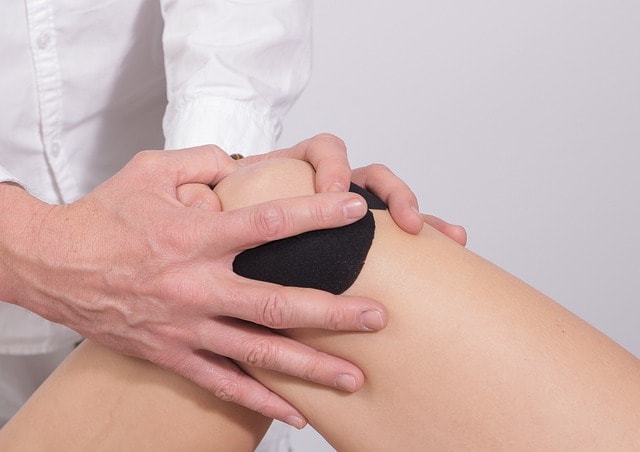
Surgical Interventions
Surgical intervention may be necessary when conservative treatment fails to provide adequate symptom relief or restore acceptable function, or when specific injuries require surgical repair for optimal outcomes. The decision for surgery depends on factors including injury type, severity, individual goals, response to conservative treatment, and the overall treatment plan.
Arthroscopic procedures represent the most common surgical approach for many knee conditions, offering the advantages of smaller incisions, reduced tissue trauma, and faster recovery compared to open surgical techniques. These procedures can address meniscus tears, loose bodies, cartilage damage, and some ligament injuries.
Ligament reconstruction, particularly ACL reconstruction, may be necessary for individuals with complete ligament tears who require full knee stability for their activities. These procedures typically involve using grafts from the patient's own tissue or donor tissue to reconstruct the torn ligament.
Cartilage restoration procedures range from simple debridement to complex techniques such as microfracture, osteochondral autograft transfer, or autologous chondrocyte implantation. The choice of procedure depends on the size, location, and characteristics of the cartilage defect.
Recovery from knee surgery requires a structured rehabilitation program that begins immediately post-operatively and progresses through distinct phases similar to conservative treatment. The timeline and intensity of rehabilitation vary depending on the specific procedure performed and individual factors.
Prevention Strategies and Long-term Management
Strengthening and Conditioning Programs
Preventing knee pain when straightening the leg requires a comprehensive approach that addresses the multiple factors contributing to knee health and function. Strengthening programs should target not only the muscles directly around the knee but also the entire kinetic chain that influences knee mechanics during movement.
Quadriceps strengthening is particularly important for knee health, as these muscles provide primary support for knee extension and help control knee motion during weight-bearing activities. Exercises should target all portions of the quadriceps, with particular attention to the VMO, which plays a crucial role in proper patellar tracking.
Hip strengthening, especially of the gluteus medius and gluteus maximus, helps maintain proper leg alignment during functional activities and reduces stress on the knee joint. Weakness in these muscles can lead to altered movement patterns that increase knee injury risk.
Core stability training provides a foundation for proper movement mechanics throughout the kinetic chain, influencing how forces are transmitted to and from the lower extremities during activity. A strong, stable core enables more efficient movement patterns and reduces compensatory stresses on the knee.
Flexibility and mobility training address muscle tightness and joint restrictions that can alter knee mechanics and increase injury risk. Key areas to address include the hip flexors, iliotibial band, hamstrings, and calf muscles, all of which can influence knee function when tight or restricted.
Biomechanical Optimization
Proper movement mechanics during daily activities and sports participation significantly influence knee health and injury risk. Education about optimal movement patterns and correction of faulty mechanics can prevent many knee problems from developing or recurring.
Landing mechanics training is particularly important for athletes involved in jumping sports, as poor landing technique is a major risk factor for knee injuries. Proper landing involves hip and knee flexion to absorb forces, avoiding knee valgus collapse, and maintaining balanced foot contact.
Running gait analysis and correction can address movement patterns that contribute to overuse knee injuries. Factors such as stride length, foot strike pattern, and cadence all influence the forces transmitted through the knee during running activities.
Workplace ergonomics assessment may be necessary for individuals whose jobs involve repetitive knee movements or prolonged positioning that could contribute to knee problems. Simple modifications to work stations or movement patterns can often reduce knee stress significantly.
Sport-specific movement training helps athletes develop optimal movement patterns for their particular activities while building the strength and coordination necessary to maintain these patterns under fatigue or competitive pressure.
Activity Modification and Load Management
Intelligent load management represents a crucial component of both injury prevention and long-term knee health maintenance. This involves understanding how to progress activities appropriately while avoiding sudden increases in training load that can overwhelm tissue capacity.
The 10% rule suggests that weekly training volume should not increase by more than 10% from week to week, allowing tissues time to adapt to increased demands. While this rule serves as a general guideline, individual factors such as training history, age, and recovery capacity may necessitate more conservative progressions.
Cross-training activities can maintain cardiovascular fitness and overall conditioning while reducing repetitive stress on the knee joint. Swimming, cycling, and elliptical training provide excellent cardiovascular benefits with lower knee impact than running or jumping activities.
Periodization principles help structure training programs to include appropriate recovery periods and prevent the accumulation of fatigue that can lead to injury. This involves planning periods of higher and lower intensity training throughout the year based on goals and competitive schedules.
Recovery protocols should be built into training programs to ensure adequate time for tissue repair and adaptation. This includes not only rest days but also active recovery activities, proper nutrition, and adequate sleep to support the recovery process.
When to Seek Professional Help
Red Flag Symptoms
Certain symptoms warrant immediate medical attention as they may indicate serious underlying conditions that require prompt intervention. Understanding these warning signs helps ensure appropriate and timely care while preventing potential complications.
Severe, constant pain that doesn't improve with rest or basic pain management measures may indicate significant injury or other serious conditions requiring immediate evaluation. This is particularly concerning when accompanied by other symptoms such as fever or systemic illness.
Obvious deformity of the knee or inability to bear weight suggests possible fracture or severe ligament injury that requires immediate medical attention. These injuries often require urgent stabilization and may need surgical intervention.
Signs of infection including fever, warmth, redness, and swelling around the knee joint require immediate medical evaluation as joint infections can cause permanent damage if not treated promptly with appropriate antibiotics.
Neurovascular symptoms such as numbness, tingling, or color changes in the foot may indicate compromise of nerves or blood vessels that requires immediate assessment to prevent permanent complications.
Mechanical symptoms such as complete inability to move the knee or a locked sensation that prevents normal motion may indicate torn meniscus fragments or loose bodies that interfere with joint function.
Choosing the Right Healthcare Provider
Selecting appropriate healthcare providers depends on the nature and severity of symptoms, individual preferences, and the complexity of the condition. Understanding the roles of different providers helps ensure optimal care coordination and outcomes.
Primary care physicians can evaluate most knee problems and provide initial treatment recommendations, including basic imaging studies and referrals to specialists when necessary. They're often the best starting point for new knee problems or when the cause of symptoms is unclear.
Orthopedic surgeons specialize in musculoskeletal conditions and can provide both conservative and surgical treatment options for knee problems. They're particularly valuable for complex injuries, cases requiring surgery, or when conservative treatment has failed.
Physical therapists provide specialized assessment and treatment of movement-related problems and can often identify and address underlying factors contributing to knee pain. They play a crucial role in both conservative treatment and post-surgical rehabilitation.
Sports medicine physicians specialize in activity-related injuries and can provide comprehensive care for athletes or active individuals with knee problems. They often have additional training in injection procedures and return-to-sport decisions.
Physiatrists focus on rehabilitation and non-surgical treatment of musculoskeletal conditions, often coordinating comprehensive treatment programs that may involve multiple providers and treatment modalities.
Conclusion and Long-term Outlook
Knee pain when straightening the leg represents a common but complex problem that can significantly impact daily function and quality of life. However, with proper understanding of the underlying causes, appropriate treatment, and commitment to preventive strategies, most individuals can expect excellent outcomes and return to their desired activities.
The key to successful management lies in early recognition of symptoms, accurate diagnosis, and implementation of appropriate treatment strategies tailored to the specific condition and individual needs. Conservative treatment approaches are successful for the majority of knee problems when properly applied and given adequate time to work.
Prevention remains the most effective approach to knee problems, emphasizing the importance of maintaining good strength, flexibility, and movement mechanics throughout life. Regular participation in appropriate exercise programs and attention to proper biomechanics during daily activities can significantly reduce the risk of developing knee problems.
For those who do develop knee pain, the prognosis is generally excellent with appropriate treatment. Most individuals can expect to return to their previous activity levels, though this may require some modifications to training methods or activity choices to prevent recurrence.
Long-term knee health depends on maintaining the principles learned during treatment and rehabilitation, including continued attention to strength, flexibility, and proper movement patterns. Regular monitoring and adjustment of activities based on knee response helps ensure continued function throughout life.
The field of knee injury treatment continues to evolve with advances in surgical techniques, rehabilitation protocols, and our understanding of injury mechanisms. These advances continue to improve outcomes and expand treatment options for individuals with knee problems, offering hope for even better results in the future.




